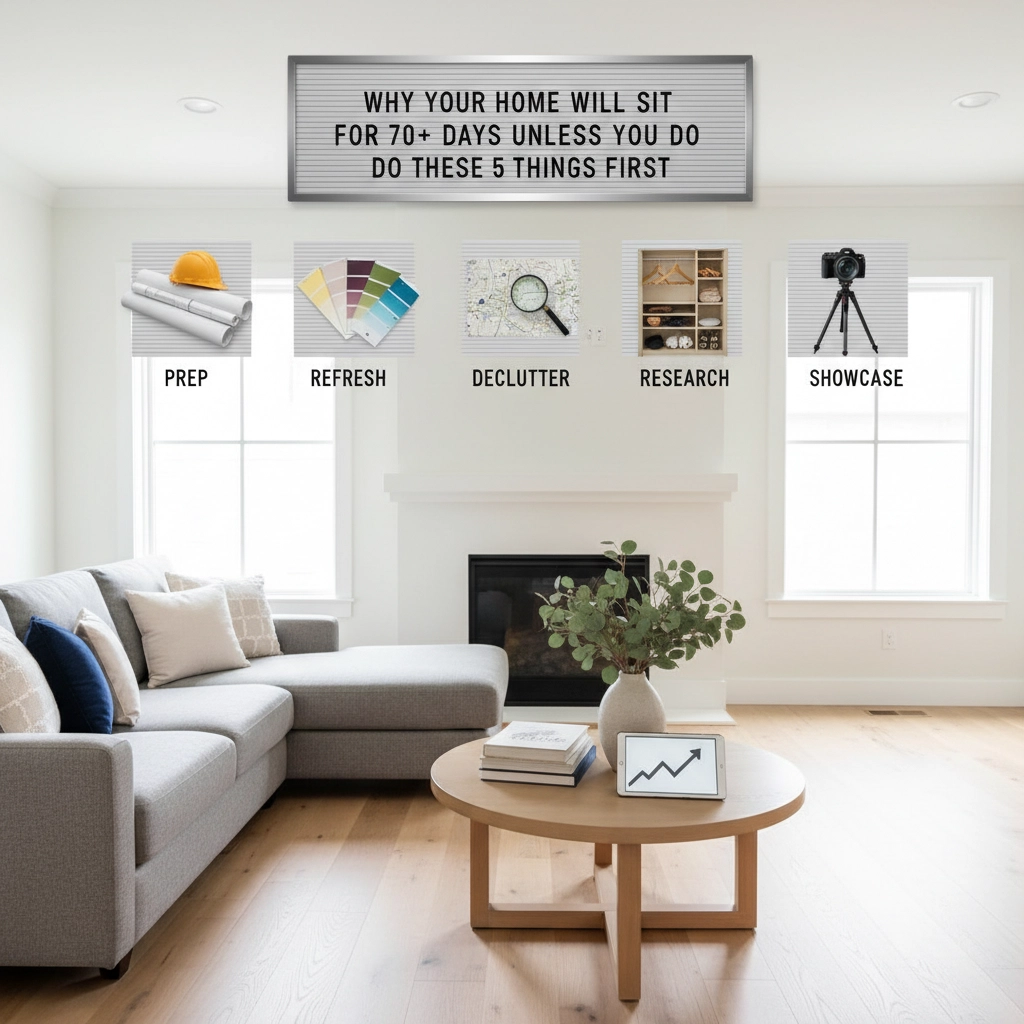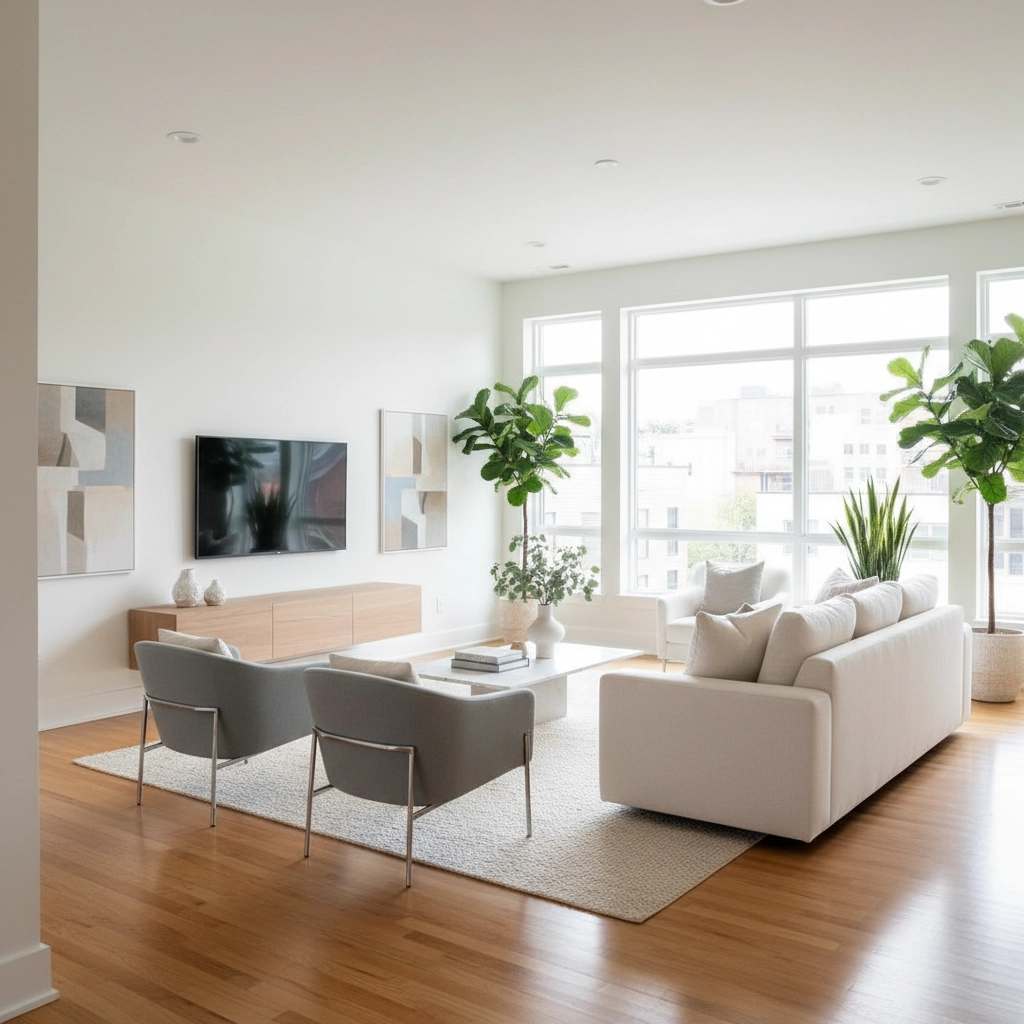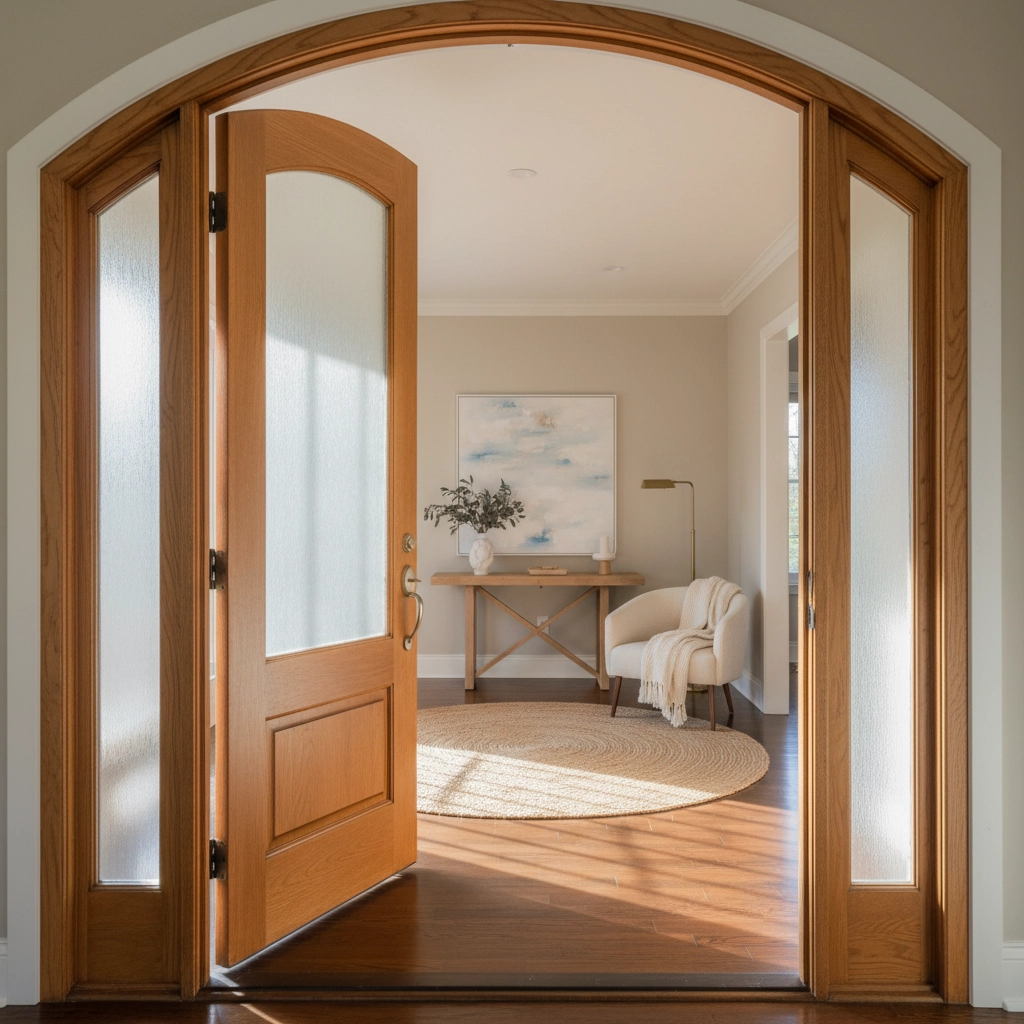
Here’s the harsh reality: homes are sitting on the market for an average of 70+ days in 2025, compared to just 30 days back in 2022. If you’re thinking about selling, that’s more than two months of mortgage payments, utilities, and stress while you wait for a buyer.
But here’s the thing – it doesn’t have to be that way.
After working with countless sellers in North Georgia, I’ve seen the same patterns over and over. The homes that sell quickly aren’t necessarily the prettiest or the biggest. They’re the ones where sellers got these five critical things right from day one.
Let’s dive into exactly what separates a 30-day sale from a 70+ day nightmare.
1. Price It Like Your Life Depends On It (Because Your Sale Does)
I’m going to be straight with you – overpricing is the #1 reason homes turn into market zombies. When you price too high, you’re not just missing out on a few buyers. You’re eliminating entire segments of the market.
Here’s what happens: buyers set their search filters based on their budget. If your $350,000 house is priced at $375,000, everyone looking in the $300-350k range will never see it. And the folks looking at $375k+ properties? They’re comparing you to homes that are actually worth that much.

The sweet spot? Price just below market value. I know it sounds counterintuitive, but homes priced strategically often end up selling for more than their original asking price due to bidding wars. Meanwhile, overpriced homes eventually get price cuts anyway – but by then, all the motivated buyers have moved on.
Work with an agent who knows your local market inside and out. We have access to recent comparable sales, pending transactions, and market trends that aren’t available to the public. This isn’t guesswork – it’s data-driven strategy.
2. Make It Move-In Ready (No Exceptions)
Here’s a stat that might surprise you: 70% of buyers want a turnkey house they can move right into. They don’t want projects, repairs, or “potential.” They want to unpack their boxes and start living.
Even if you’re willing to offer repair credits or concessions, most buyers will still choose the move-in ready home over the fixer-upper every single time. Houses that need work don’t just take longer to sell – they sell for significantly less money.
This doesn’t mean you need to renovate your entire house. But it does mean addressing the obvious stuff:
- Fresh paint on scuffed walls
- Working light fixtures
- Clean carpets (or better yet, refinished hardwood floors)
- Updated bathroom fixtures if they’re obviously dated
- A clean, decluttered space that lets buyers imagine their life there

Think of it as an investment, not an expense. The money you spend getting your home market-ready often comes back to you multiple times over in a faster sale and better price.
3. Be Flexible or Be Forgotten
Stubborn sellers create stale listings. Period.
I’ve seen sellers turn down reasonable offers because they wanted every penny of their asking price, only to accept a lower offer three months later. During those three months, they paid mortgage, utilities, insurance, and opportunity costs while their home developed a stigma for sitting on the market too long.
Here’s the reality: negotiation is part of the process. Buyers will ask for concessions, request repairs after inspections, or want help with closing costs. The sellers who work collaboratively with buyers are the ones who close deals quickly.
This doesn’t mean accepting lowball offers or unreasonable demands. It means approaching negotiations with a problem-solving mindset rather than an adversarial one. Sometimes a buyer’s concerns can be addressed in creative ways that don’t cost you much but make them feel heard.
4. Make Showings Stupid Easy
If it’s hard to see your house, buyers won’t see your house. It’s that simple.
I can’t tell you how many potential buyers we lose because a showing is too complicated to schedule. Maybe the seller needs 24-hour notice, or the house is only available during a narrow window, or there are complicated rules about pets or personal belongings.

Here’s what works:
- Keep your home show-ready at all times (yes, it’s inconvenient, but it’s temporary)
- Be as flexible as possible with showing times, including evenings and weekends
- Consider a lockbox system for easier agent access
- If you have pets, have a plan for keeping them elsewhere during showings
- Make sure your home is well-lit and welcoming every time someone walks through
The easier you make it for buyers to see your home, the more buyers will actually see it. And the more buyers who see it, the faster you’ll get an offer.
5. Match What Today’s Buyers Actually Want
What buyers wanted in 2019 isn’t what they want in 2025. The market has shifted, and your selling strategy needs to shift with it.
Today’s buyers are more cautious due to higher mortgage rates. They’re taking longer to make decisions and being pickier about what they’ll accept. They’re looking for homes that feel current and well-maintained, not projects or dated time capsules.
This might mean:
- Updating light fixtures to modern styles
- Painting over bold accent walls with neutral colors
- Ensuring your home photos and online listing present the best possible version of your property
- Staging key rooms to help buyers visualize living there

It’s not about following every trend, but about presenting a home that feels current and cared for. Buyers should be able to imagine their life in your space without having to mentally renovate first.
The Real Cost of Sitting on the Market
Here’s something most sellers don’t consider: every day your home sits on the market, it’s costing you money and opportunities.
Beyond the obvious carrying costs (mortgage, utilities, insurance, maintenance), there are hidden costs too. Buyers use high days-on-market as leverage to negotiate lower prices. Your home develops a reputation for being “difficult” or “overpriced.” And other homes in your price range that come on the market with better positioning start to make yours look less attractive.
Meanwhile, life keeps happening. Job changes, family situations, financial needs – the longer your home sits, the more complicated your situation can become.
Take Action Now
The good news? You have control over all five of these factors. You can’t control interest rates, inventory levels, or buyer behavior. But you can control your price, your home’s condition, your flexibility, your showing availability, and your market positioning.
If you’re thinking about selling, don’t wait for the “perfect” market conditions. They don’t exist. Instead, focus on positioning your home to succeed in today’s market by addressing these five critical areas.
The difference between a 30-day sale and a 70+ day ordeal isn’t luck – it’s strategy. And now you know exactly what that strategy looks like.
Ready to get your home sold quickly and for top dollar? Let’s talk about your specific situation and create a plan that gets results.


 Facebook
Facebook
 X
X
 Pinterest
Pinterest
 Copy Link
Copy Link